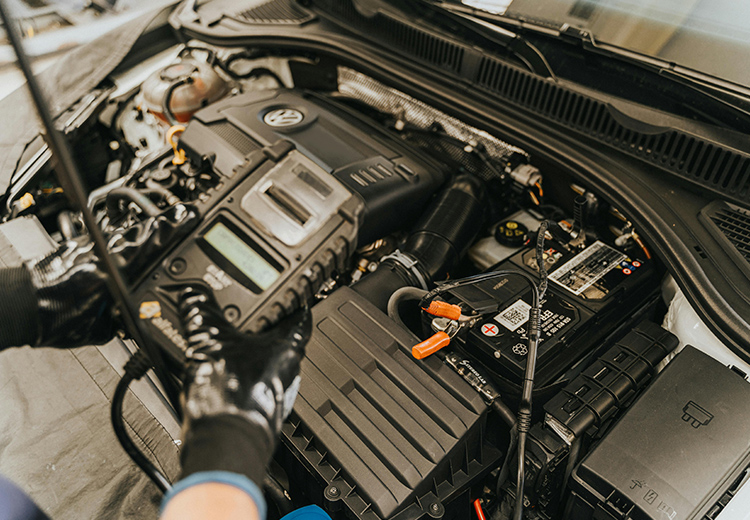
13925118983
When it comes to handling refrigerants in vehicles, a refrigerant recovery machine steps in as quite a handy tool. Its main job is to pull the refrigerant out of a car’s air conditioning system, then process and store it in a way that doesn’t harm the environment. How does this equipment really work? Let’s walk through it together, step by step
Getting Set Up
Before anything else happens, it’s important to make sure the car’s AC system is connected properly to the recovery machine. Hoses and fittings get checked, containers for collecting the refrigerant are readied, and just to be safe, a quick look at the AC’s condition helps catch any obvious issues. If something seems off, that might need attention before going further
Pulling Out the Refrigerant
This is the real heart of the whole process. Once those secure connections are in place, the machine draws the refrigerant out using a combo of pumps, hoses, and control valves. Everything gets funneled through the system’s filtration parts, making sure none of the chemical escapes into the outside air. That’s important for both health and the planet
Separation and Cleaning
After it’s out of the car, the refrigerant moves into the recovery machine, which takes care of a kind of “cleaning up.” Sometimes, different kinds of refrigerant are present, so these get separated out. The equipment cools things down, condenses the vapor, and filters out unwanted oils or junk. The end goal here is to have refrigerant that fits the standards for reuse

Safe Storage
After being cleaned up, the refrigerant is placed into specialized containers, ready to be used again when needed. There’s a focus on making sure what’s collected is pure enough and meets those quality checks, so nobody’s running into trouble down the road
Final Checks and Logging
Once things have wrapped up, there’s often a step where the machine checks if the cleaned refrigerant does in fact meet the rules for quality and environmental protection. Alongside this, records get created with details on how much refrigerant was processed and how it fared. This part matters for anyone keeping track for official or environmental reasons
All in all, these refrigerant recovery units do a lot behind the scenes for car ACs. By pulling out, treating, and reusing the refrigerant responsibly, they help keep things running smoothly while also lending a hand to environmental efforts. Anyone working in this field knows just how valuable proper recovery really is
Some content is reposted from the internet. Copyright belongs to the original authors. If infringement occurs, please contact us for removal. Content involving franchising or investment carries risks - exercise caution when making decisions.
As an important piece of equipment in automotive maintenance, tyre nitrogen inflation machines have seen increasingly widespread use in recent years. They are mainly used to fill car tyres with nitrogen instead of regular air, thereby improving tyre performance and safety. Their principal function is to supply the tyres with the necessary nitrogen, with various types of nitrogen filling available according to specific application requirements. Furthermore, based on their functions and purposes, tyre nitrogen machines can be categorised into different types...
An automotive refrigerant recovery machine is an essential piece of equipment used to recover and process the refrigerant from a vehicle’s air conditioning system, ensuring it is handled correctly and in an environmentally responsible manner. Its operation is based on the processes of refrigerant recovery, recycling, and treatment, and involves several key steps...
Adjust the pressure setting on the air pump according to the tyre pressure values recommended by the vehicle manufacturer or indicated on the tyre itself. Generally, the recommended tyre pressure values can be found on the edge of the car door, inside the fuel filler flap, or in the vehicle owner’s manual.